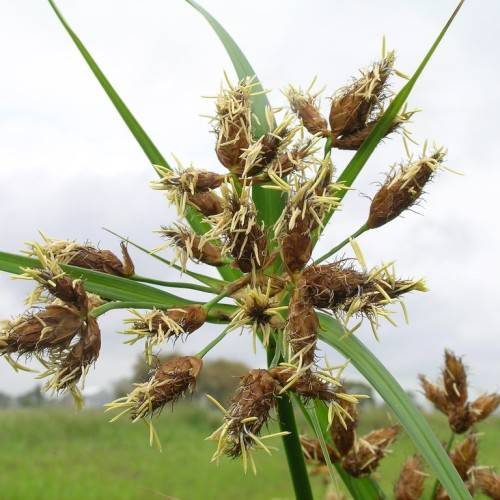
River Bulrush
Bolboschoenus fluviatilis
Watering:
Average
Hardiness Zone:
Flowers:
Flowers
Sun:
Sun, Partial Shade
Soil:
Sand
Fruits:
Fruits Ready In
Leaf:
Yes
Growth Rate:
Low
Drought Tolerant:
Yes
Care Level:
Medium
watering
Elegant Rockcress can be watered about once a week during the growing season. Depending on the environmental conditions, the amount of water can vary, but the plant should be watered enough to keep the soil consistently moist but not waterlogged. It is important not to overwater the plant and to check the soil before watering. The soil should be allowed to dry out slightly between waterings. During the winter months, waterings should be reduced to about once every 2 weeks or when the top inch of soil appears to be dry.
sunlight
Elegant Rockcress needs full sun to part shade for optimal growth and flowering. It is best suited for sun or morning sun and will do well in part shade. It will do best in well-drained soils with plenty of organic matter and will thrive in sites with high heat and low humidity. For the greatest flower production, full sunlight is needed throughout the day. During the summer months, the plant should be given 8-10 hours direct sunlight. During the winter months, 6-8 hours of sun will be enough for the plant to maintain its lush foliage.
pruning
Elegant Rockcress should be pruned in the early spring, after the last frost of the season. This will help keep the plant tidy and promote more new growth. Prune back the stems to anywhere between 2 and 6 inches, depending on the size of the plant. Be sure to make clean cuts at 45 degree angles, just above a leaf node. Doing this will help keep the plant looking neat and it will also stimulate branching and the production of flowers. You can also deadhead the plant to encourage more flowering. Remove spent blooms and flowers throughout the growing season to produce more flowers.
